How can I analyze which source file is causing the "import cycle not allowed" problem? The error message isn't clear enough to allow me to solve the problem:
package command-line-arguments
imports app.exap/i8/internal
imports app.exap/i8/internal/data/retrieves
imports app.exap/i8/internal/integration/datastore
imports app.exap/i8/internal/objects/modules
imports app.exap/i8/internal/data
imports app.exap/i8/internal/integration/datastore: import cycle not allowed
package command-line-arguments
imports app.exap/i8/internal
imports app.exap/i8/internal/data/retrieves
imports app.exap/i8/internal/integration/datastore
imports app.exap/i8/internal/objects/modules
imports app.exap/i8/internal/data
imports app.exap/i8/internal/objects/modules: import cycle not allowed
